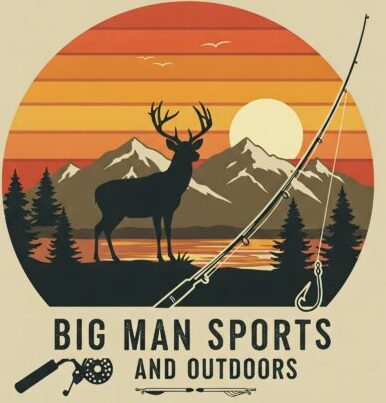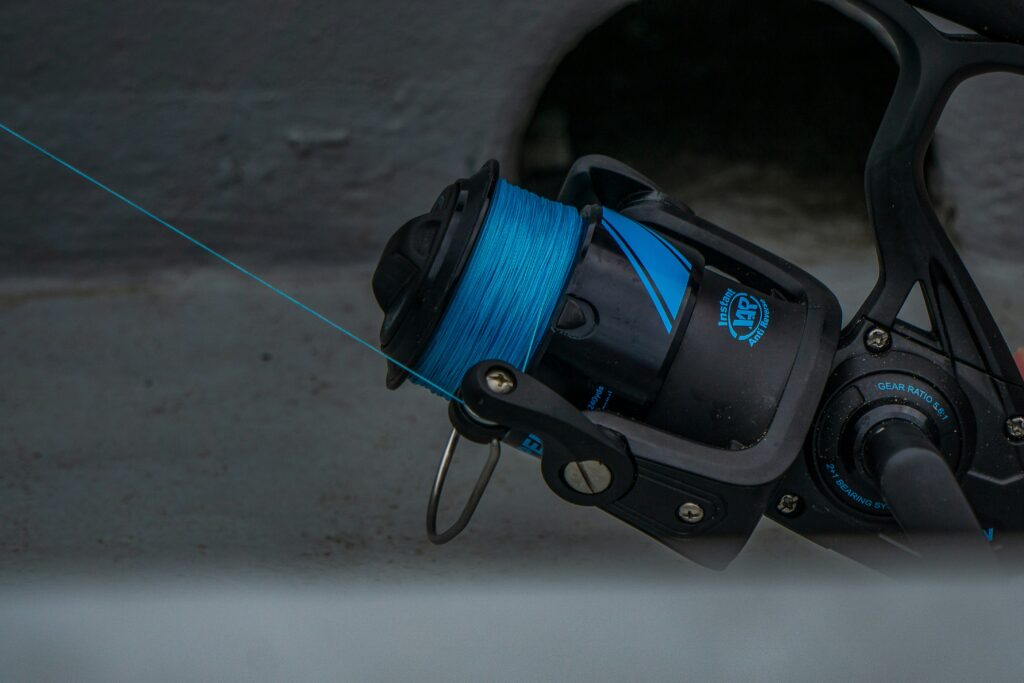Crappie fishing continues to be one of the most enjoyable and rewarding experiences for anglers of all skill levels. Whether you’re jigging near brush piles, trolling open water, or spider rigging, having the best fishing line for crappie can make all the difference. But with so many options out there, how do you know which one is right for you?
In this comprehensive guide, we’ll break down everything you need to know about choosing the best fishing line for crappie fishing in 2025. We’ll review and compare specific products, including Vicious Line, Bonehead Tackle, Mr. Crappie, ACC Co-Polymer, Reaction Tackle Braid, Bonehead Tackle Braid, Crappie Maxx, and Sufix. Let’s dive in!
Why Your Fishing Line Matters for Crappie
Crappie are known for their light bites and subtle strikes, which means your fishing line needs to be sensitive, strong, and reliable. The right line can help you:
- Detect even the faintest nibbles.
- Set the hook quickly and effectively.
- Handle the fight when you hook a big slab.
- Avoid spooking fish in clear water.
Choosing the best crappie line depends on your fishing style, the conditions you’re fishing in, and your personal preferences. Let’s explore the different types of fishing lines and their pros and cons for crappie fishing.
Types of Fishing Line for Crappie
- Monofilament Fishing Line
Monofilament is a classic choice for crappie fishing, and for good reason. It’s affordable, easy to handle, and versatile.
Pros:
- Great for beginners.
- Stretches slightly, which helps absorb shocks and prevent line breaks.
- Floats, making it ideal for topwater lures or bobber fishing.
Cons:
- Less sensitive than fluorocarbon.
- Can degrade over time, especially when exposed to sunlight.
Best Use Cases:
- Jigging with lightweight lures.
- Fishing in stained or murky water.
Top Picks:
- ACC Co-Polymer: Known for its smooth casting and durability.
- Crappie Maxx: A budget-friendly option with excellent knot strength.
- Fluorocarbon Fishing Line
Fluorocarbon is a favorite among serious crappie anglers because of its invisibility and sensitivity.
Pros:
- Nearly invisible underwater, making it perfect for clear water.
- Sinks, which is great for deep jigging or trolling.
- Highly sensitive, so you can feel even the lightest bites.
Cons:
- More expensive than monofilament.
- Stiffer, which can make it harder to handle for beginners.
Best Use Cases:
- Finesse techniques like vertical jigging.
- Fishing in clear water where crappie are easily spooked.
Top Picks:
- Sufix: Designed specifically for crappie anglers.
- Vicious Line: High-quality fluorocarbon at a reasonable price.
- Braided Fishing Line
Braided line is incredibly strong and sensitive, making it a popular choice for crappie fishing in heavy cover or deep water.
Pros:
- No stretch, so you can feel every bite.
- Extremely strong and durable.
- Thin diameter allows for longer casts and deeper presentations.
Cons:
- Highly visible, which can spook fish in clear water.
- Requires a fluorocarbon or monofilament leader for stealth.
Best Use Cases:
- Spider rigging or trolling with multiple rods.
- Fishing in heavy cover or around structure.
Top Picks:
- Reaction Tackle Braid: A top choice for its strength and sensitivity.
- Bonehead Tackle Braid: Known for its smooth casting and durability.
How to Choose the Best Fishing Line for Crappie
When selecting the best fishing line for crappie fishing, consider the following factors:
- Line Strength (Pound Test)
Crappie are light fighters, so you don’t need heavy line. Most anglers use 4-8 lb test for crappie fishing. Here’s a quick guide:
- 4-6 lb test: Ideal for clear water and finesse techniques.
- 6-8 lb test: Better for fishing in heavy cover or stained water.
- Water Clarity
- Clear Water: Fluorocarbon is the best choice because it’s nearly invisible.
- Stained or Murky Water: Monofilament works well and is more affordable.
- Fishing Technique
- Jigging: Fluorocarbon or monofilament for sensitivity and stealth.
- Trolling or Spider Rigging: Braided line for strength and no stretch.
- Budget
- Monofilament is the most budget-friendly option.
- Fluorocarbon and braided lines are more expensive but offer superior performance.
Expert Tips for Using Fishing Line for Crappie
- Use a Leader with Braided Line
Braided line is highly visible, so always pair it with a fluorocarbon or monofilament leader (2-4 feet long) to avoid spooking crappie. - Check Your Line Regularly
Crappie fishing often involves fishing around structure, which can damage your line. Inspect your line for nicks or abrasions and replace it if necessary. - Match Your Line to Your Rod
Lightweight lines (4-6 lb test) pair well with ultralight rods for maximum sensitivity. - Experiment with Colors
While fluorocarbon is clear, monofilament and braided lines come in various colors. Use high-visibility lines in stained water and low-visibility lines in clear water.
Frequently Asked Questions
What is the best fishing line for crappie?
The best fishing line for crappie depends on your fishing style and conditions. Fluorocarbon is ideal for clear water and finesse techniques, while braided line is great for trolling and heavy cover.
Is braided line good for crappie fishing?
Yes, braided line is excellent for crappie fishing, especially when spider rigging or trolling. However, it’s best used with a fluorocarbon leader to reduce visibility.
What pound test line is best for crappie?
Most crappie anglers use 4-8 lb test line. Lighter lines (4-6 lb) are better for clear water, while heavier lines (6-8 lb) are ideal for stained water or heavy cover.
Can I use monofilament for crappie fishing?
Absolutely! Monofilament is a great choice for beginners and works well in stained water or for bobber fishing.
Final Thoughts
Choosing the best fishing line for crappie doesn’t have to be complicated. Whether you prefer the affordability of monofilament, the invisibility of fluorocarbon, or the strength of braided line, there’s a perfect option for your needs.
Now that you’re equipped with the knowledge to choose the best crappie line, it’s time to hit the water and put it to the test. Tight lines and happy fishing!

